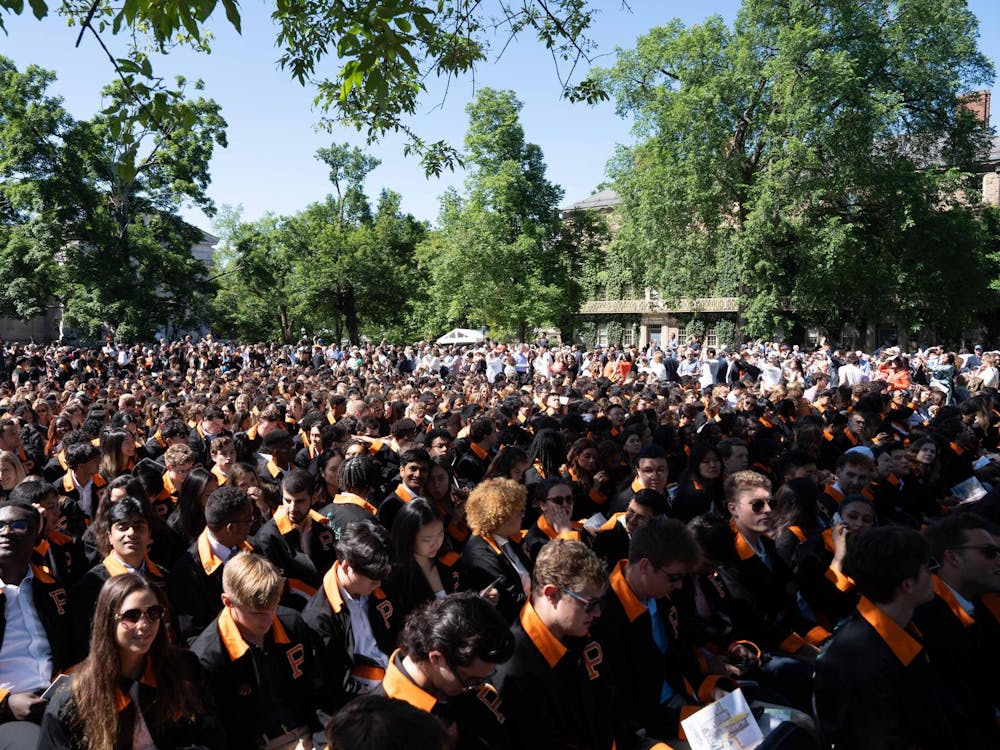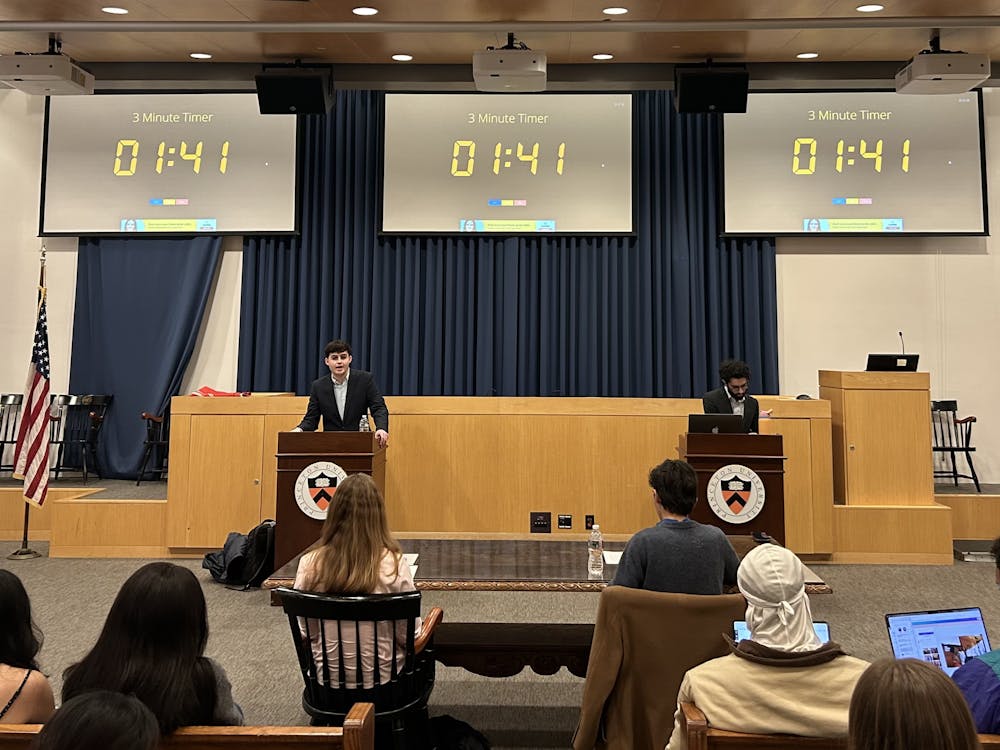By Ogechi Oparah and Grayden Holubar
We would like to thank Morgan Jerkins ’14 for raising her concerns in her article “ ‘diStracted’ or dispirited?” The reaction that she experienced was obviously not the intention of the piece in question or of the diSiac show. As the choreographers of “Eyes Watching Unseeing,” we would like to offer some responses and explanations that may help readers understand where we were coming from.
First, it might help if we address our choreographic intentions. We wanted to create a piece that dealt with the way in which society too often turns away from issues that need to be addressed and resolved — ranging from huge issues like racial discrimination to specific incidents like the recent tragic shooting spree in Liege, Belgium. Our choreography was meant to indicate the cyclical nature of this social blindness, while expressing the deep pain and emotional damage that it causes to the whole community. We took profound care to consider the exact message we wanted to send and the way that our thoughts could be translated to movement. While the song “Strange Fruit” certainly has a specific historical reference, the piece was intended to portray a more expansive narrative of violence and tragedy in the world instead of being a straightforward enactment of lynching. The lyrics were not at all meant to be trivialized; rather, we intended to reflect and amplify their power in order to highlight the crucial themes that the song and poem address. We wanted to communicate reverence and empathy, not disrespect.
In the case of our piece, we interpreted the theme of distraction in a very different manner than an inability to focus on homework, for example. We wanted to examine the fact that society is often distracted from what is truly significant and tragic in the world. This is different than many of the other pieces in the show, but that variety was intentional. As a show, “diStraction” was not meant to be simply a whimsical, lighthearted performance. diSiac always attempts to involve a variety of dance styles and moods that address many topics and situations. Last year in “Flux,” Neia Prata ’11 choreographed a piece about abusive relationships, while in “Blueprints,” Adam Zivkovic ’11 tackled the subject of alcoholism. The popular TV show “So You Think You Can Dance” has also featured pieces dealing with raw issues. Mia Michaels choreographed a dance about addiction; Tyce Diorio set a work portraying a woman’s struggle with breast cancer. These pieces were emotionally harrowing and addressed grave topics — and they were not undermined by the fact that they were included alongside more upbeat numbers.
Jerkins seems to suggest that no one should dance to songs like “Strange Fruit” because the song is a powerful piece of social commentary. This assumes that dance, as an art form, does not have the power to deal with profound social issues. We would disagree with this statement. Dance is not simply a form of entertainment; it is an art form with the ability to address a wide-ranging assortment of ideas and themes. Jerkins claims that “people come to a dance show to enjoy themselves.” We would respond that many people come to dance shows to be inspired and to see interesting works of art. People watch dance because it has a unique ability to communicate ideas or emotions without words, whether these are messages of joy, outrage or tragedy. Choreography can at times inspire sadness or grief, just as a work of art or a musical composition, and as audience members, we should remain open to such possibilities.
As a company, diSiac attempts to produce work that is clean and thought-provoking. It was never our intention to offend our audience through our choreography or song choices. We hope that our readers can consider the potential for dance to inspire reflection instead of thinking of dance as an entertaining activity that is just fun to watch. diSiac constantly works toward a professional standard of work, and we hope that you understand this piece was not meant as an immature or inconsiderate gesture.
Ogechi Oparah is a sociology major from Fayetteville, Ga. She can be reached at coparah@princeton.edu. Grayden Holubar is an art and archeology major from Redwood City, Calif. He can be reached at gholubar@princeton.edu







